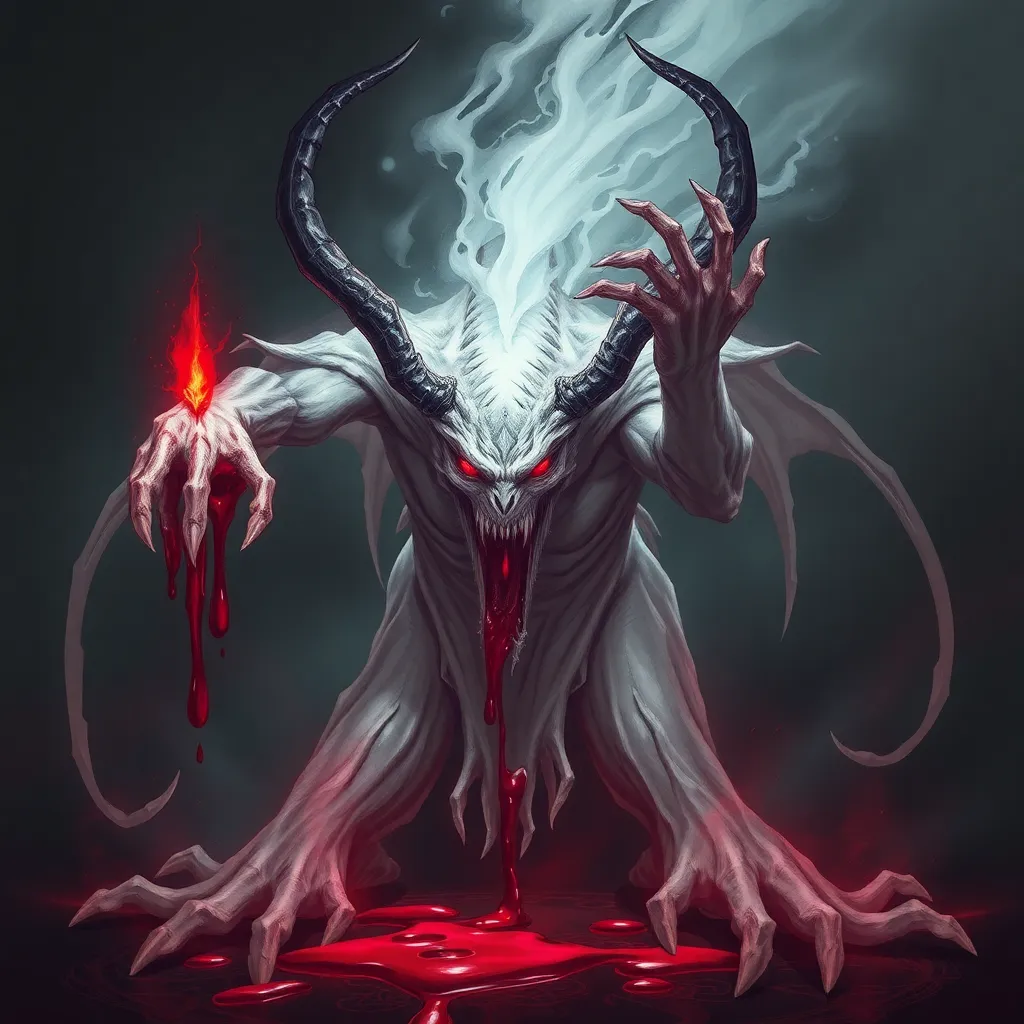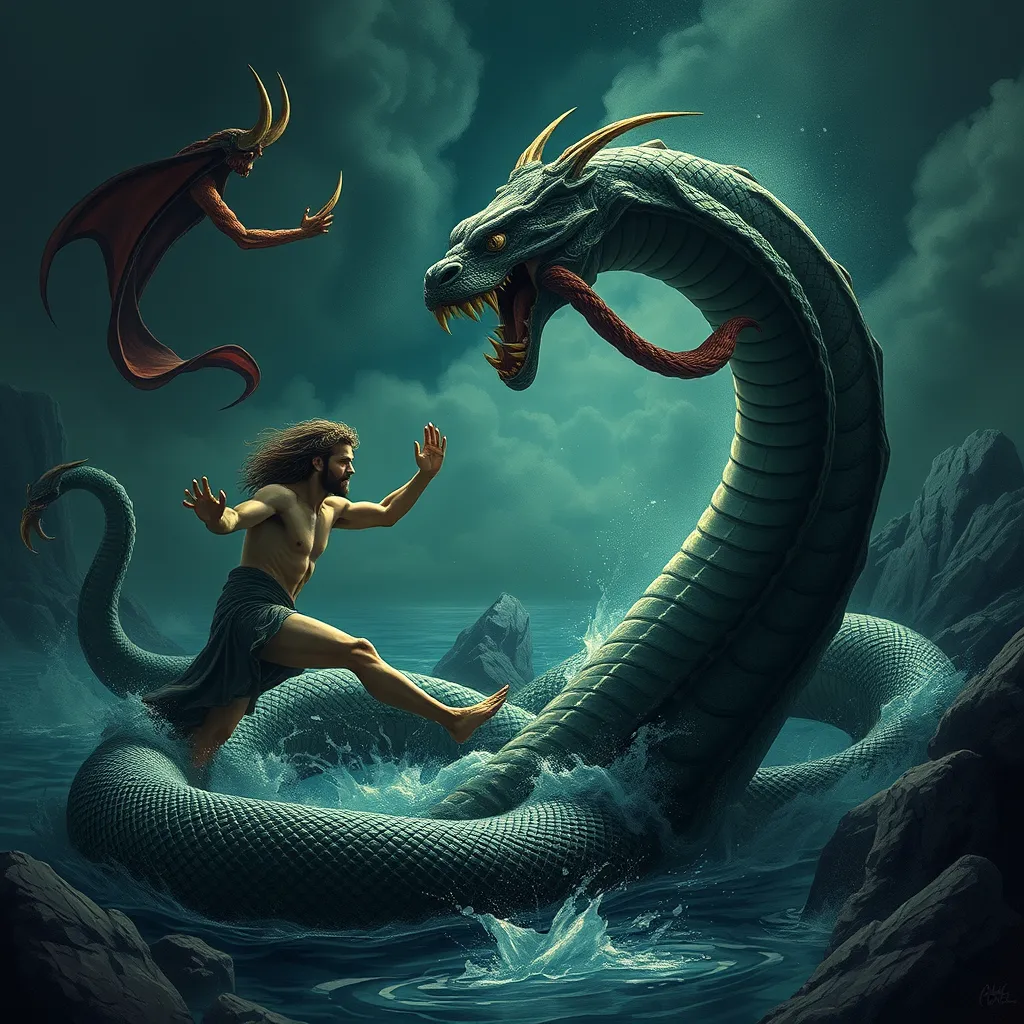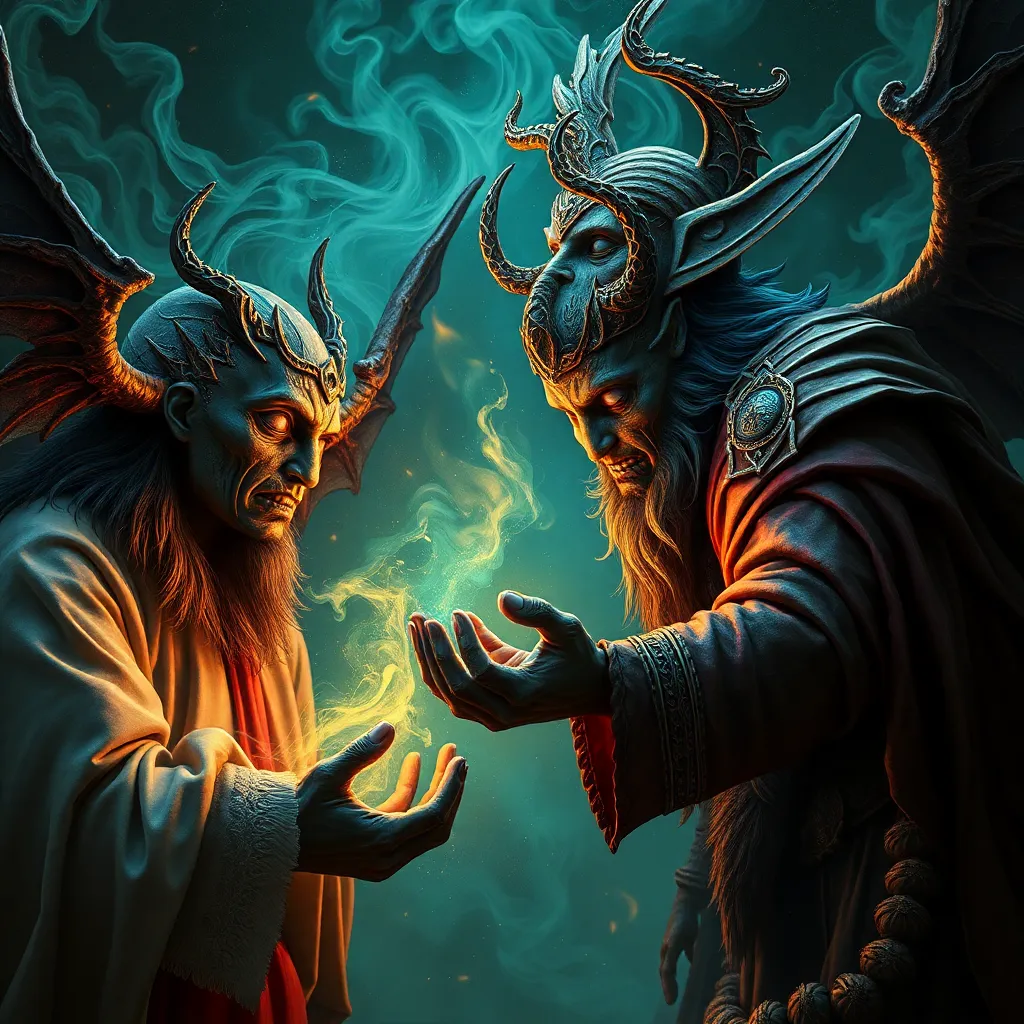The Phoenix and the Griffin: The Symbol of Power, Wisdom, and the Guardian of the Threshold
I. Introduction
The Phoenix and the Griffin stand as two of the most evocative mythical creatures in human history. These beings, steeped in rich symbolism and cultural significance, embody fundamental themes that resonate across various societies and epochs. The Phoenix represents the cycle of life, death, and rebirth, while the Griffin serves as a powerful guardian, blending the attributes of the lion and the eagle.
Symbols play a crucial role in culture and mythology, often serving as conduits for deeper meanings and lessons. They encapsulate the values, beliefs, and aspirations of the societies that create them. In this article, we will explore the roles of the Phoenix and the Griffin as symbols of power, wisdom, and guardianship, delving into their mythical origins, cultural representations, and the lessons they impart.
II. The Mythical Origins of the Phoenix
A. Historical background and cultural significance
The Phoenix is a mythical bird that has appeared in various cultures throughout history, most notably in ancient Egyptian, Greek, and Chinese mythology. This creature is often associated with the sun, symbolizing light, fire, and renewal.
B. Symbolism of rebirth and immortality
The most compelling aspect of the Phoenix is its ability to be reborn from its ashes. This cycle of death and resurrection is a powerful metaphor for transformation and renewal, resonating with the human experience of overcoming adversity and emerging stronger.
C. The Phoenix in various mythologies
- Egyptian Mythology: The Phoenix, known as the Bennu, was a symbol of the sun and resurrection, often linked to the life cycle of the Nile.
- Greek Mythology: The Greek version of the Phoenix is said to live for 500 years before it builds a nest and is consumed by fire, only to rise again from the ashes.
- Chinese Mythology: In Chinese tradition, the Fenghuang is a symbol of virtue and grace, often representing the union of yin and yang.
III. The Griffin: A Hybrid Guardian
A. Description of the Griffin and its characteristics
The Griffin is a majestic creature with the body of a lion and the head and wings of an eagle. This hybrid nature symbolizes the strengths of both animals: the courage and nobility of the lion combined with the wisdom and vision of the eagle.
B. Origins and evolution in mythology
The Griffin has its roots in ancient civilizations, with depictions found in Mesopotamian, Persian, and Greek art. Over time, it evolved into a symbol of divine protection and guardianship, often depicted as a guardian of treasures and sacred spaces.
C. The Griffin as a symbol of strength and protection
As a guardian, the Griffin embodies strength and vigilance. It represents the protective forces in life, standing watch over the sacred and the valuable, ensuring safety and security.
IV. The Intersection of Power and Wisdom
A. Analysis of how the Phoenix embodies power through rebirth
The Phoenix’s ability to rise from its ashes signifies an unparalleled form of power—one that comes from resilience and transformation. This cycle of rebirth highlights the strength found in vulnerability, suggesting that true power often arises after overcoming challenges.
B. Examination of the Griffin’s wisdom and its role as a protector
The Griffin’s dual nature allows it to embody wisdom and strength. It serves as a protector, guiding individuals through challenges and safeguarding them from harm. The Griffin’s wisdom is not merely knowledge; it represents the insight gained from experience.
C. Comparative analysis of the two creatures’ attributes
- Power: The Phoenix embodies power through rebirth, while the Griffin represents power through guardianship.
- Wisdom: The Griffin is the embodiment of wisdom, whereas the Phoenix symbolizes the wisdom that comes from life’s cyclical nature.
V. The Guardian of the Threshold Concept
A. Definition of the guardian of the threshold in mythology
In mythology, the concept of the guardian of the threshold refers to beings that protect the boundaries between different realms—be it the physical and spiritual, life and death, or the known and the unknown. These guardians challenge individuals to prove their worth before crossing into new territories.
B. The roles played by the Phoenix and the Griffin in this context
Both the Phoenix and the Griffin can be seen as guardians of thresholds. The Phoenix represents the threshold of transformation, encouraging individuals to embrace change and renewal, while the Griffin stands at the threshold of safety and knowledge, guiding those who seek to enter sacred spaces.
C. Symbolic meaning of crossing thresholds in personal and spiritual growth
Crossing thresholds often signifies significant changes in one’s life journey. The lessons offered by the Phoenix and the Griffin can inspire individuals to navigate these transitions with courage and wisdom, understanding that growth often requires leaving behind the familiar.
VI. Cultural Representations in Art and Literature
A. Depictions of the Phoenix and the Griffin in art
Both the Phoenix and the Griffin have been depicted in various forms of art throughout history. From ancient mosaics to contemporary illustrations, these creatures continue to inspire artists:
- In ancient Egyptian art, the Bennu was represented in temple reliefs.
- Griffins adorned the architecture of ancient Greece and Rome, symbolizing protection.
B. Their roles in literature and storytelling
In literature, the Phoenix often serves as a metaphor for resilience, appearing in works that explore themes of redemption and rebirth. The Griffin frequently appears as a guardian in tales of adventure, representing the quest for knowledge and truth.
C. Modern interpretations of these mythical creatures
In modern culture, the Phoenix and the Griffin continue to be relevant. They appear in fantasy literature, films, and games, often embodying themes of transformation and protection. Their enduring legacy speaks to the universal human experience of seeking power and wisdom.
VII. Lessons from the Phoenix and the Griffin
A. The implications of their symbolism in contemporary life
The symbolism of the Phoenix and the Griffin offers valuable lessons for contemporary life. The power of rebirth encourages individuals to embrace change and growth, while the wisdom of guardianship reminds us of the importance of protection and guidance.
B. How these creatures inspire resilience and strength
The Phoenix inspires resilience, teaching that every ending can lead to a new beginning. The Griffin, as a guardian, emphasizes the strength found in seeking wisdom and protection during life’s challenges.
C. The importance of wisdom and guardianship in personal development
In personal development, wisdom and guardianship are essential. Understanding the lessons from these mythical creatures can guide individuals in their journeys, helping them navigate transitions with confidence and insight.
VIII. Conclusion
In conclusion, the Phoenix and the Griffin are powerful symbols that represent the intertwined themes of power, wisdom, and guardianship. Their rich histories and cultural significance continue to resonate, reminding us of the importance of resilience, protection, and personal growth. As we reflect on these symbols in our own lives, we are encouraged to embrace change and seek wisdom, ultimately enhancing our journeys through life.
The legacy of the Phoenix and the Griffin endures not only in mythology but also in our collective consciousness, inspiring us to navigate the thresholds of our own experiences with courage and insight.



